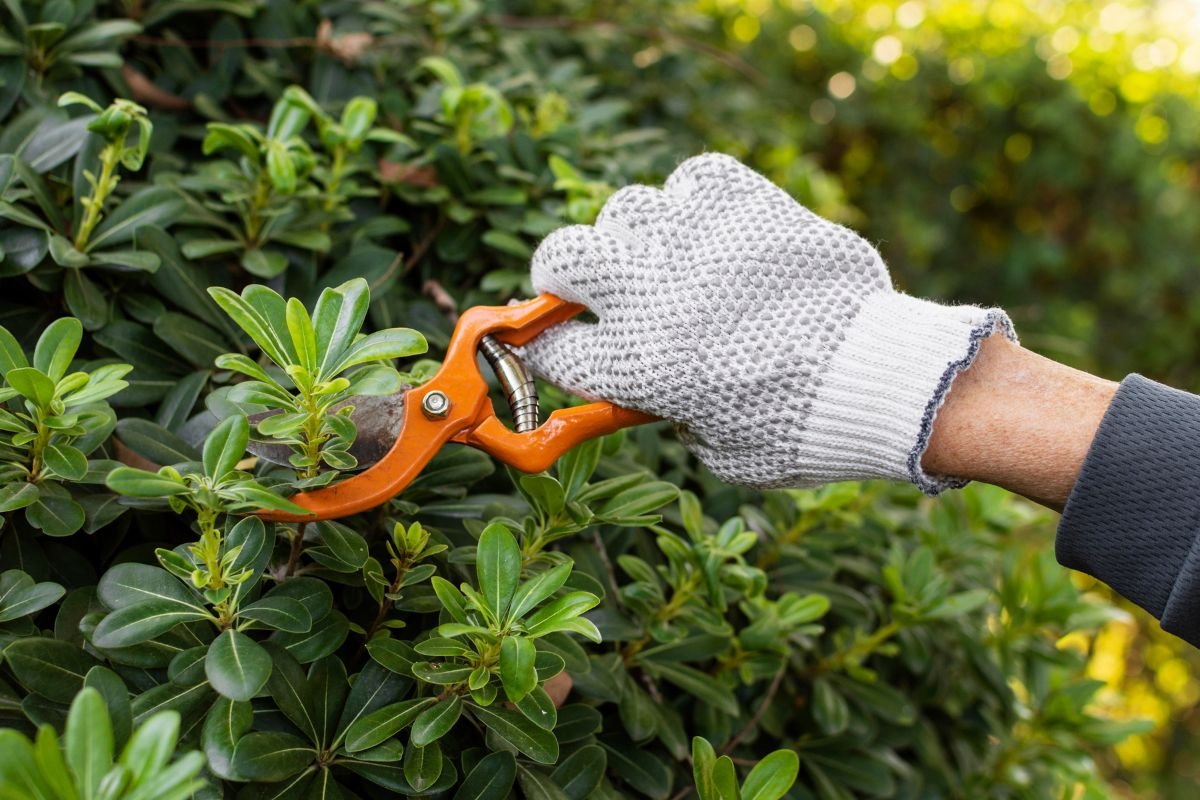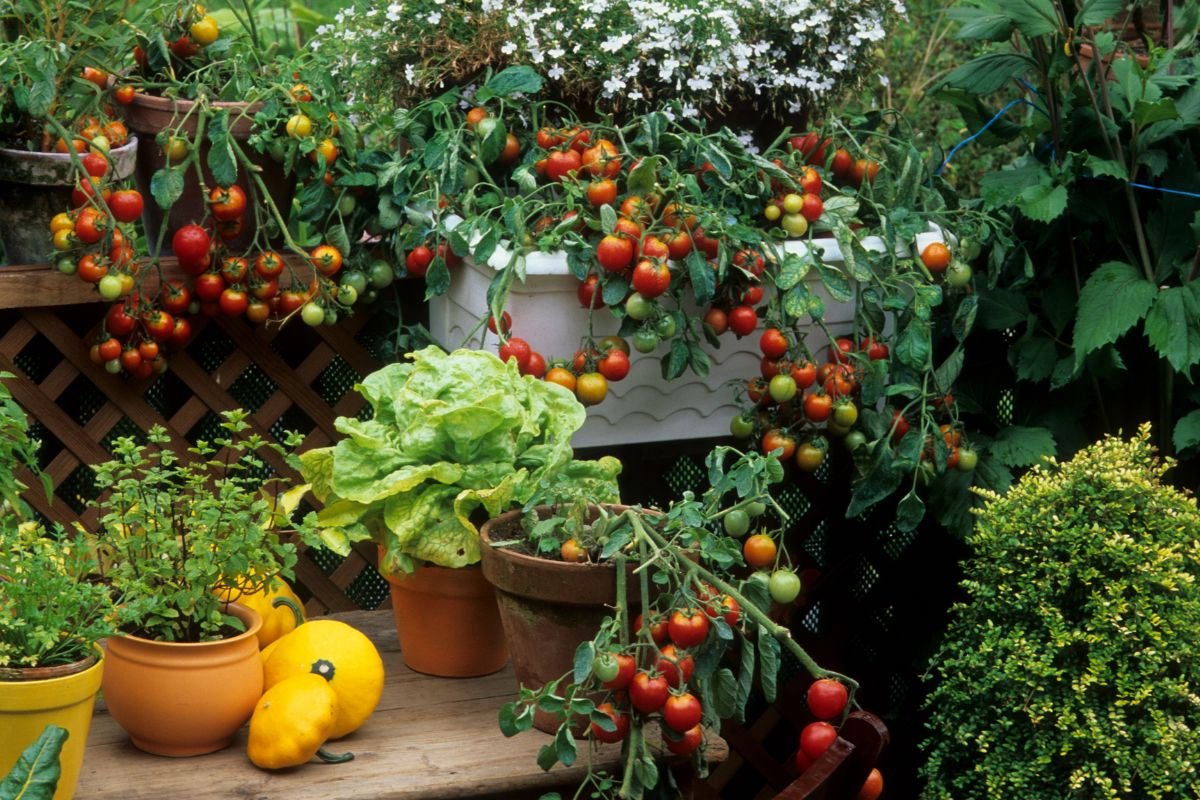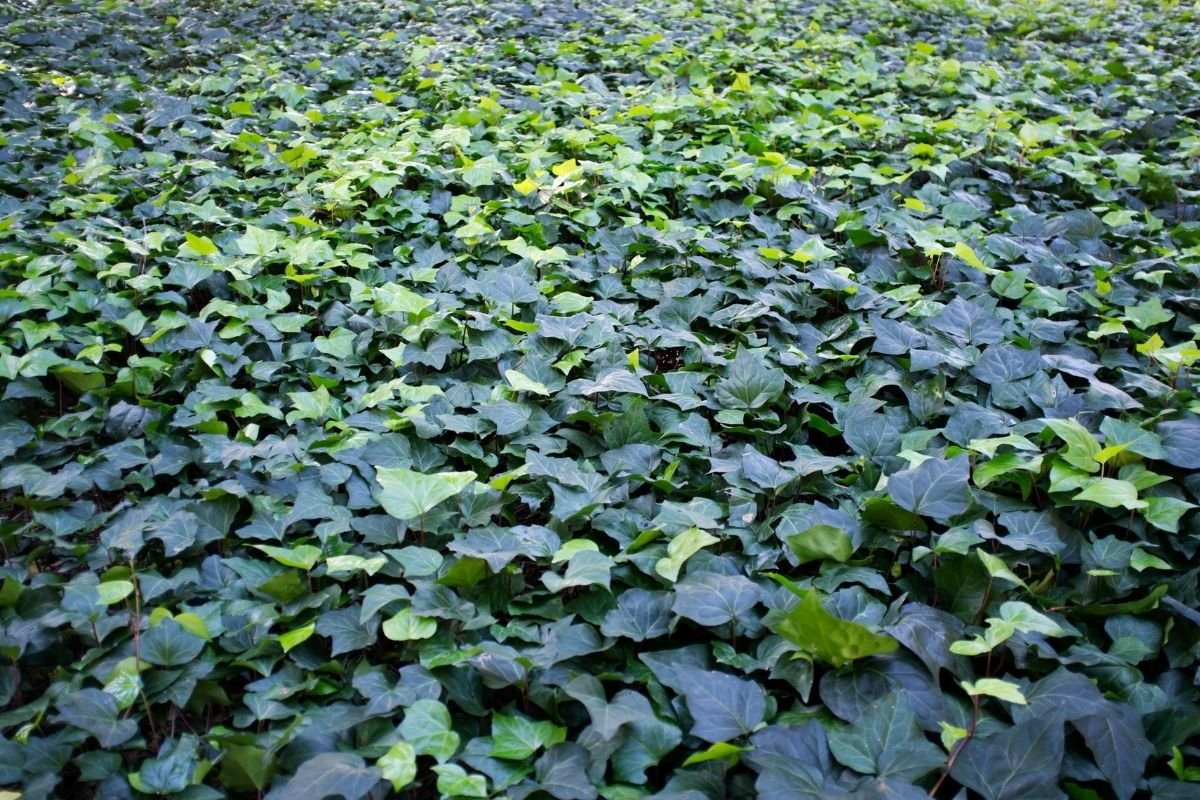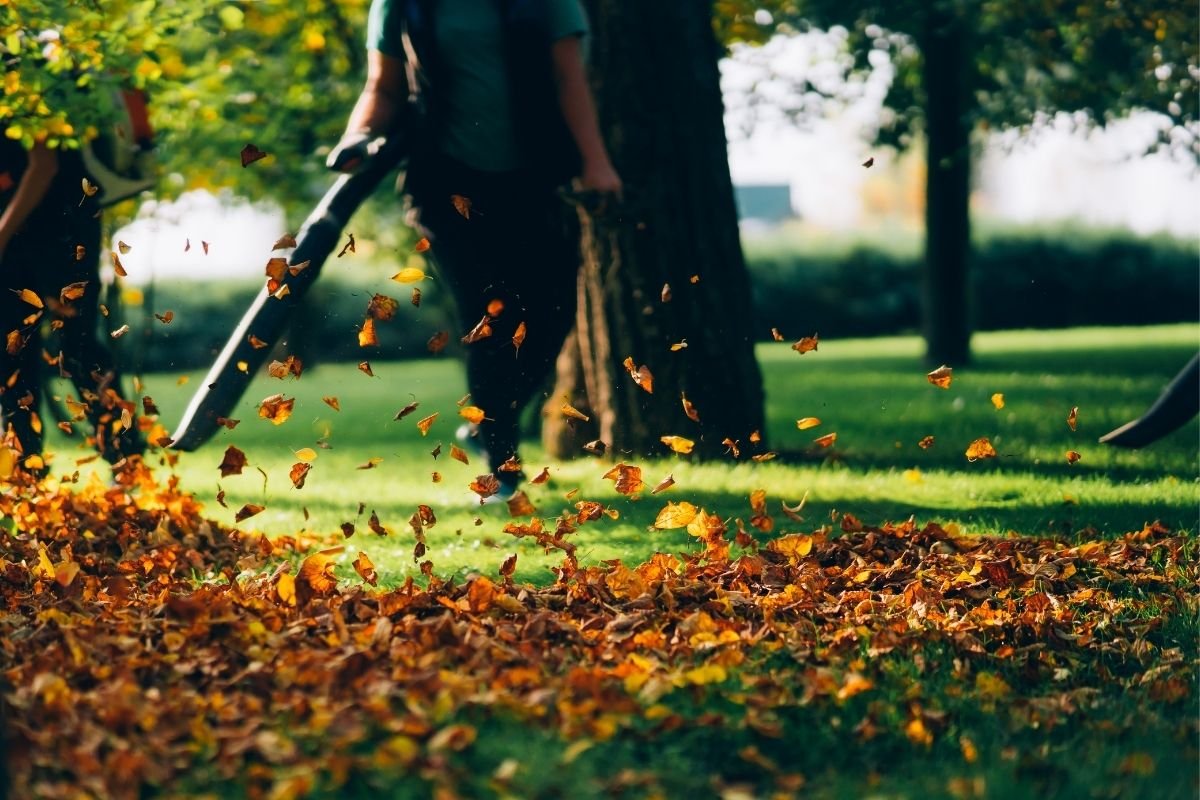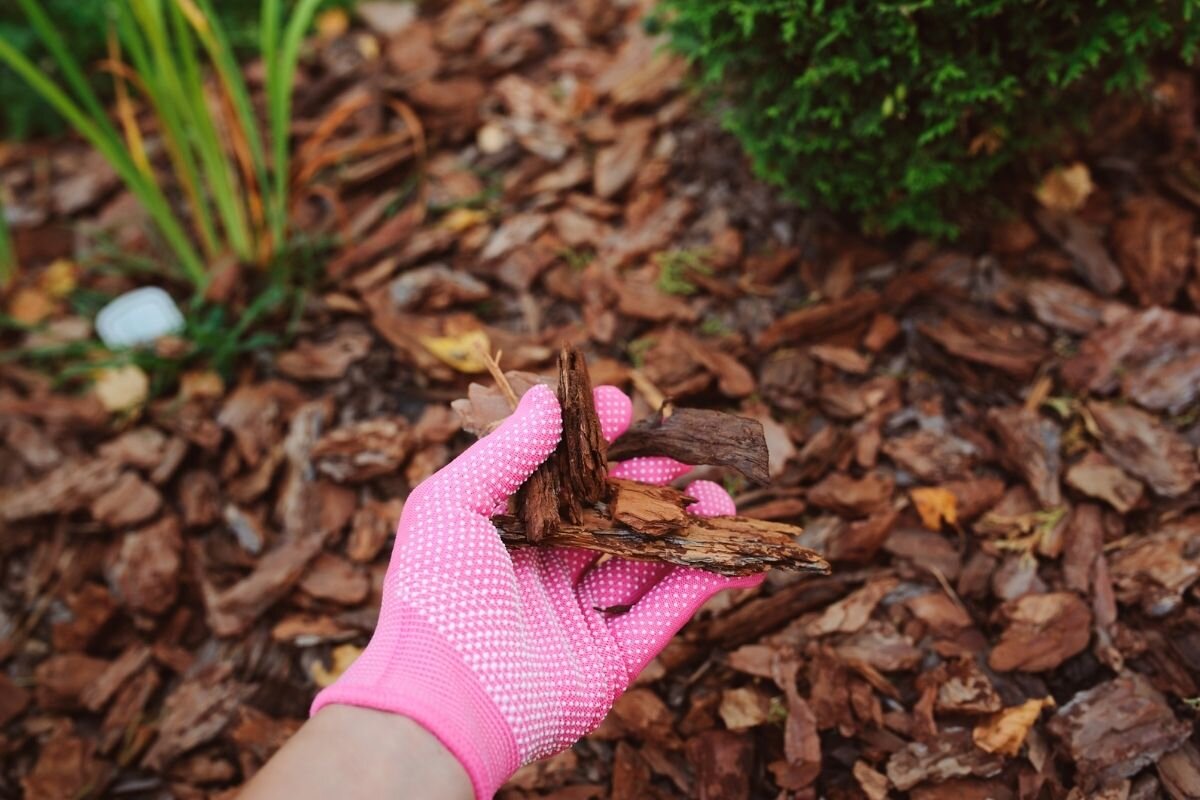While apartments are popular in some of New Zealand’s largest cities, you still won’t find many Kiwis who would say no to having a yard to call their own.
However, with the sheer amount of maintenance they can often require, you might be tempted to rip up your lawn in favour of something more low maintenance, such as paving stones or concrete. Before you get stuck in, take a moment to consider whether having a lawn could be important – not only for you but the environment.
Rainwater Filtering
The next time your town or city experiences rainfall, and you shouldn’t have long to wait, take notice of what happens to rain on your lawn and paved areas. On a lush, well cared for lawn, water is absorbed into the soil and grass roots.
Unless the rainfall is particularly heavy, that’s where it generally remains. However, rain on pavement tends to react much differently. It pushes dirt, debris, stones, and other materials into your storm drain and beyond. With enough muck, storm drains can become blocked.
That’s not to say that having grass stops your storm drains from becoming blocked, but it gives the rainfall somewhere to go to be filtered of all those nasties, which is often its final destination.
Air Filtering
If lawn wasn’t helpful enough in being able to filter your rainwater, it can also filter your air. Grass, like all plants, absorbs airborne pollutants like carbon dioxide and sulphur dioxide. It then replaces them with oxygen which, of course, we use to breathe.
Lawn also filters the air by trapping dust, dirt, and smoke particles. Without it, you may be seeing all that dust and dirt scattered over your concrete areas, your home, and even on your windows.
Cooling Properties
In the heat of the summer sun, there’s something quite satisfying about tip-toeing across your concrete pathway to the soothing coolness of the lawn. The temperature difference can be significant and is definitely noticeable when you compare rural areas to cities.
Grass, plants, and trees all have the ability to cool down an area, whereas hard surfaces like concrete retain heat. If you live in a particularly warm part of the country, it may not be in your best interests to replace grass with hardscapes.
Soil Structure Improvement
For many homeowners, dealing with soil compaction can be frustrating. When it rains, water can pool on the surface, and it can also look quite unsightly. Growing lawn may prevent this from becoming a problem.
As grass grows through pores in the soil, it’s helping it to remain loose and crumbly. This allows the soil to absorb more water while providing a healthier foundation for the grass to grow. It’s a mutually beneficial relationship with the earth helping the lawn and the lawn helping the earth.
Wildlife Benefits
While not everyone likes sharing their lawn with insects and birds, you can be doing your local wildlife a favour. The more lawn area you have, the wider the variety of delicious snacks for birds that can be present, like worms. You then get to enjoy knowing you’ve done your part for the wildlife in your area.
Noise Pollution Reduction
It’s not hard to see how grass could function as a form of noise insulation. Compare the sounds of children playing happily in a fully concrete schoolyard between buildings and a grass play area between buildings. Noises can bounce off all-concrete surfaces, whereas adding grass in the mix allows for some of that sound to be absorbed.
How Much Do Lawns Cost in NZ?
If your property doesn’t have a lawn, but you’d like one, you might be wondering how much they cost. That depends on how quickly you want to see results and whether you want to manage the entire growing process yourself.
A cost-effective option like hydroseeding works out at around $15+ a metre, with a small garden costing as much as $400. However, all the hard work is done for you, and grass growth can happen in as little as a week.
Otherwise, you might look at ready-lawn, which is around $30+ a metre and is pre-grown before it reaches your property.
Worried About Lawn Maintenance?
You might already understand just how many benefits are associated with having a lawn, but there might be one niggling thought at the back of your mind: the sheer amount of work that goes into maintaining it.
Grass is a lot easier to maintain than you might think, but it’s okay not to want to spend your free time mowing, de-thatching, and making sure it’s in optimum health. In that case, you can hire lawn care experts to take care of your lawn’s general care instead.
You get to enjoy all the benefits of having a lawn, like soil health, water and air filtering, and wildlife, but without worrying about cranking up the lawnmower on a Saturday morning. Why not check out lawn care experts near you?








